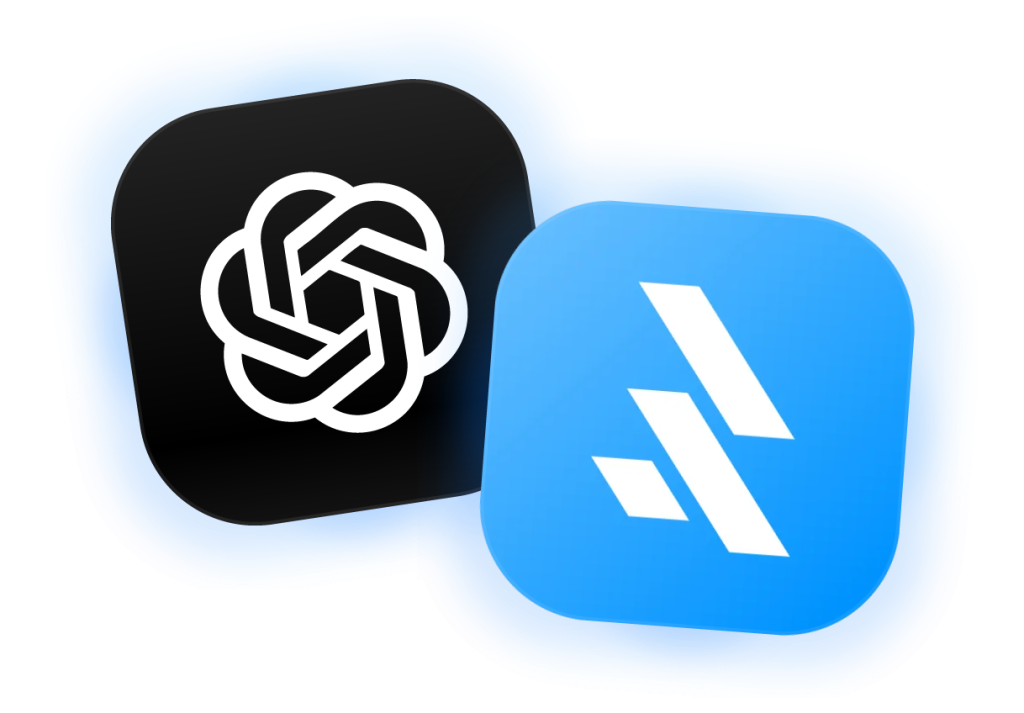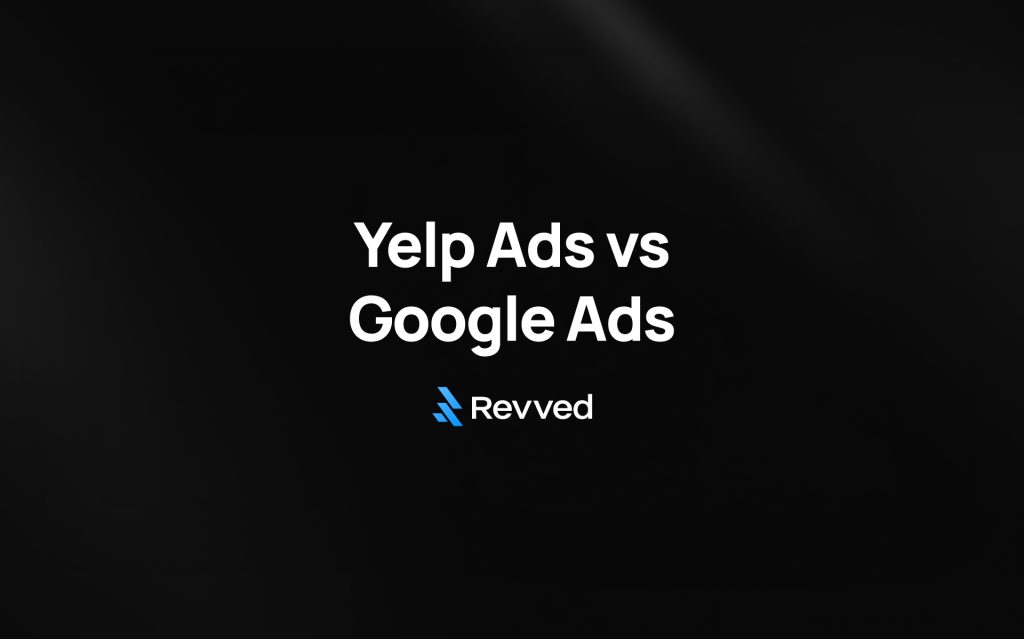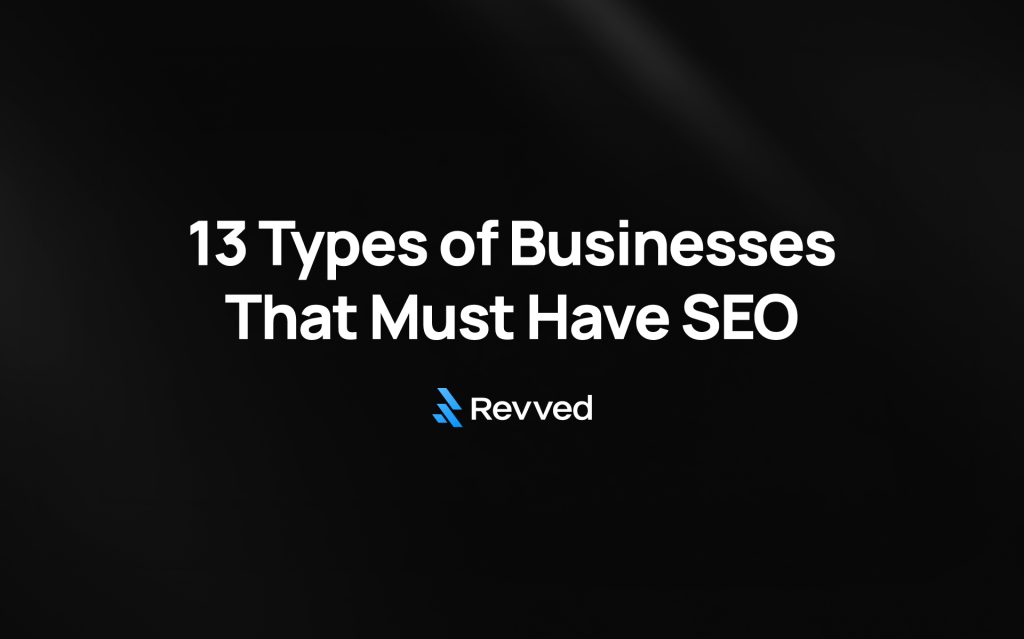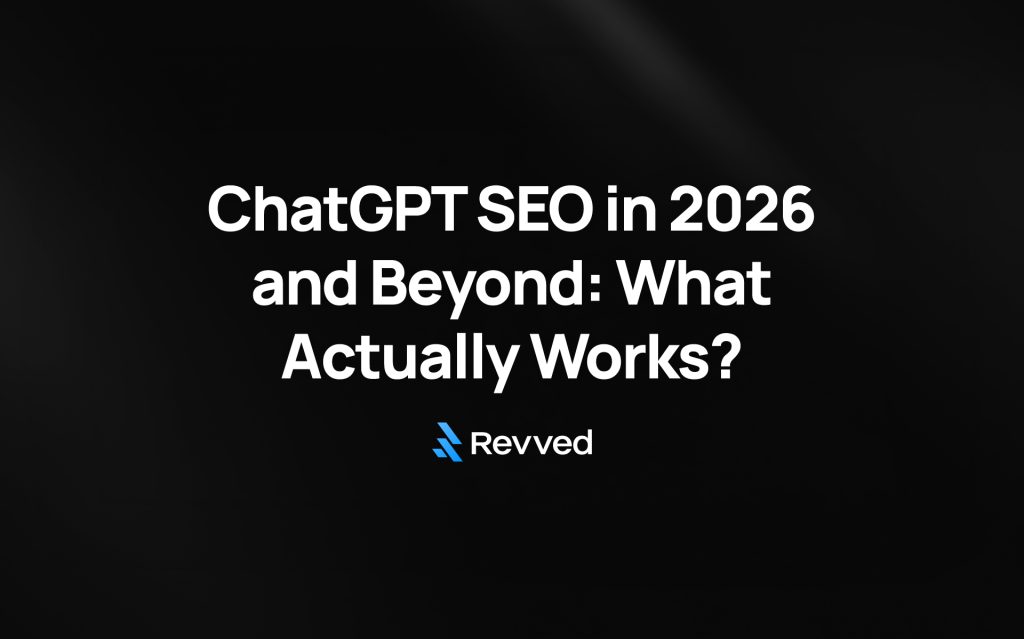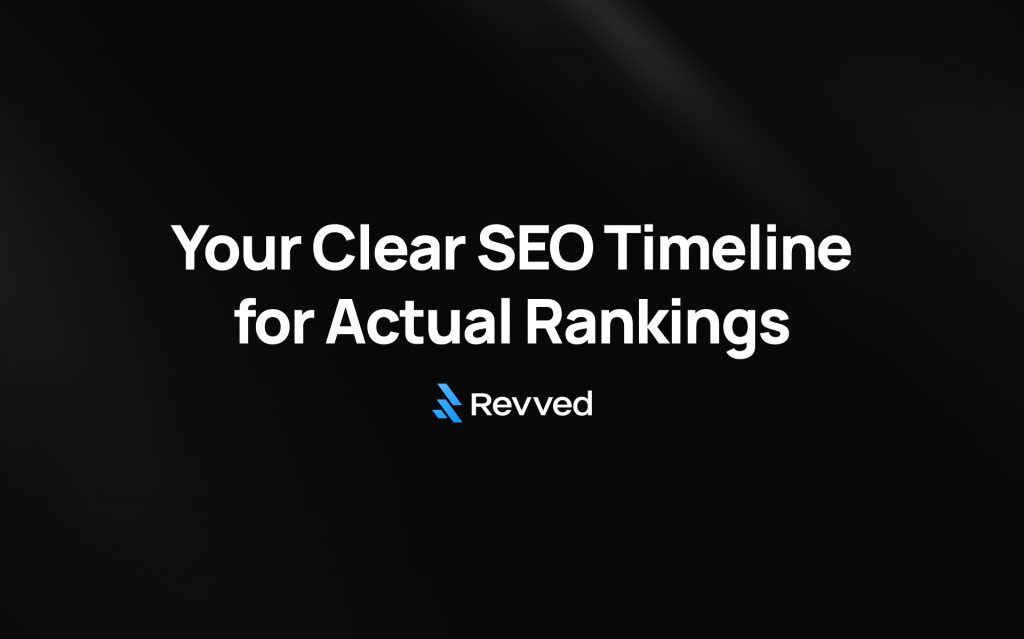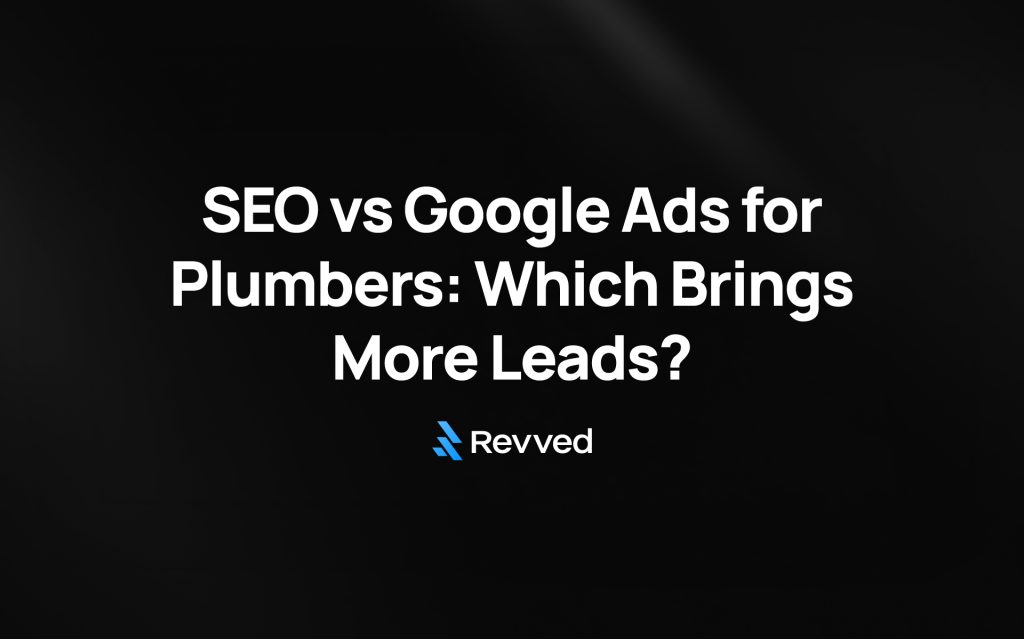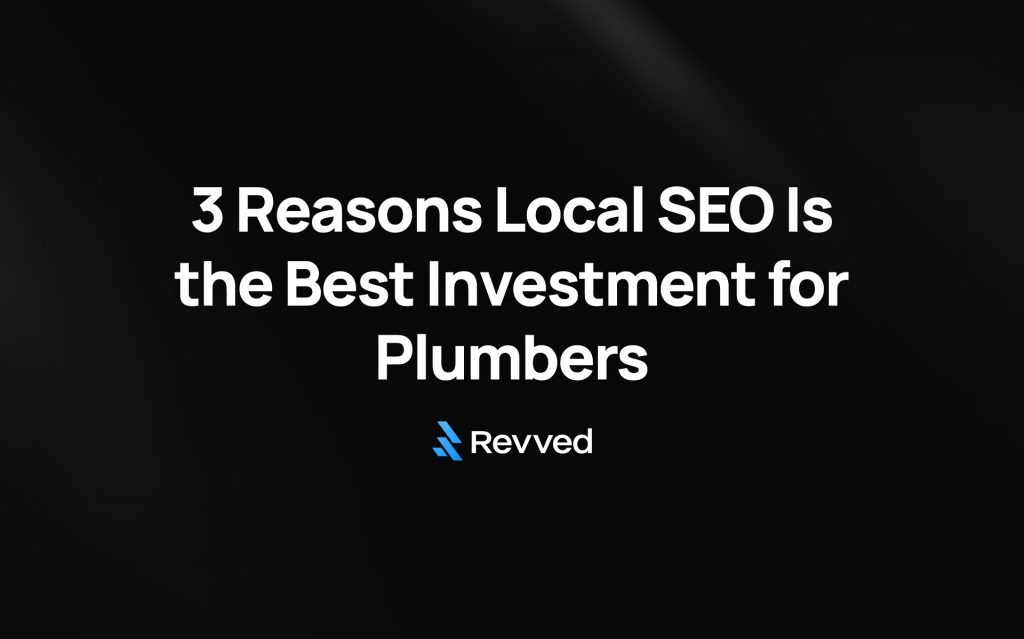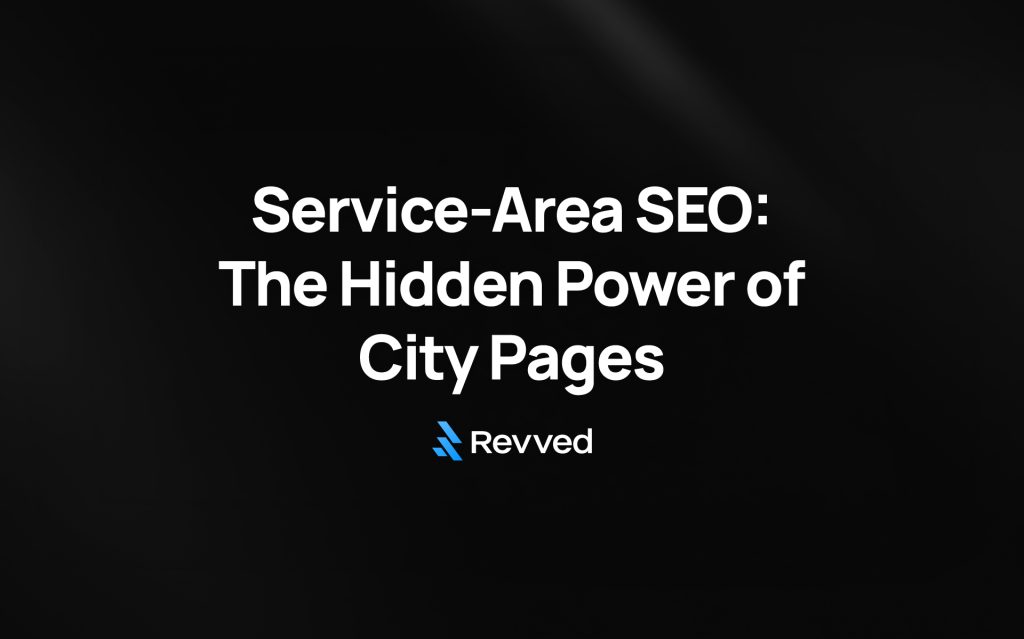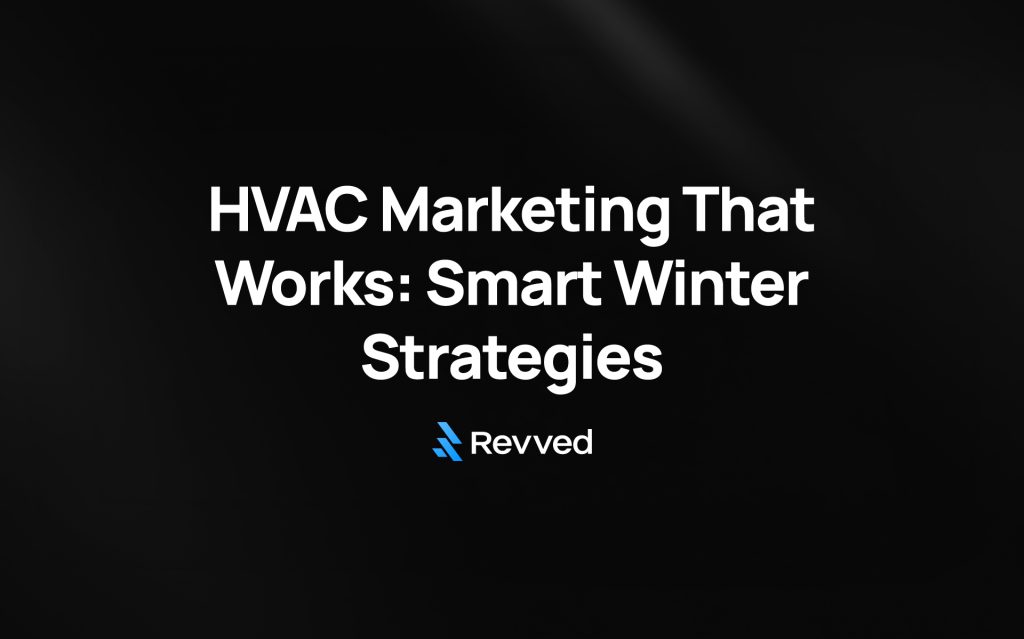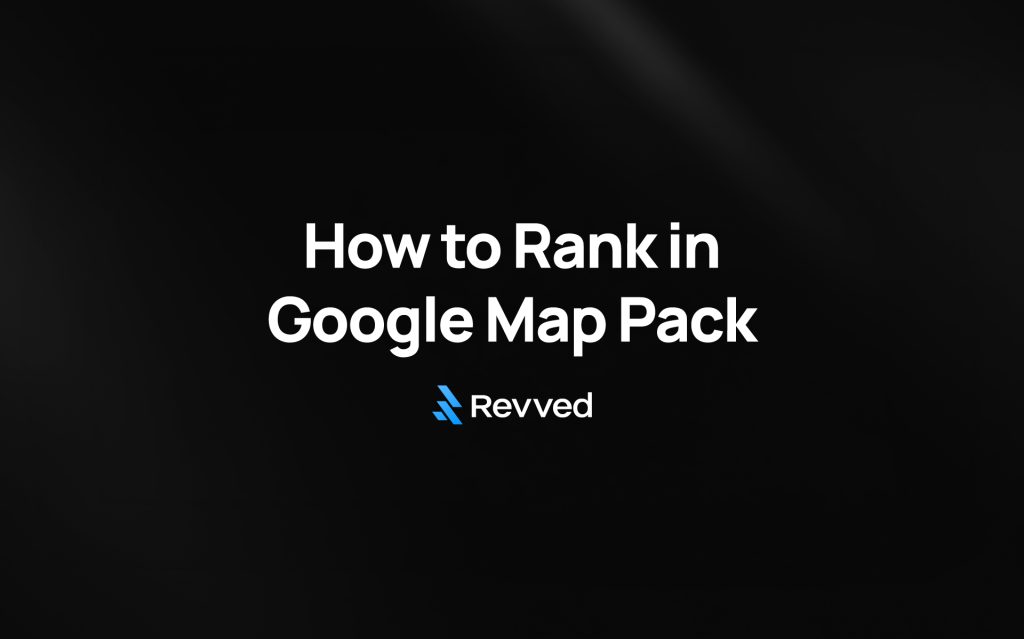Local business owners face a crucial choice between Yelp and Google Ads that affects their customer acquisition and marketing ROI. Local business owners need to evaluate both platforms carefully. These platforms promise to bring local customers, but they work quite differently. Google rules the digital advertising world, yet Yelp’s focus on local businesses makes it an appealing choice for small companies.
You should know how Yelp’s ad costs stack up against Google’s advertising model before spending your marketing budget. Yelp uses a cost-per-click model with rates that change based on your industry and location. The advertising approach on Google and Yelp is different in reach – Google connects with users throughout their buying process. Yelp targets customers who actively look for local businesses. This brings up a key question: will Yelp ads work better than Google Ads for your business? The answer depends on your industry, target customers, and what you want from your ads.
This detailed comparison will help you learn about choosing between these two local advertising platforms. We explored targeting options, ad formats, costs, and performance metrics to help you decide where your advertising budget will bring the best results for your local business.
Platform Overview: How Yelp Ads and Google Ads Work
Yelp and Google both have advertising platforms to connect businesses with customers, but they work in very different ways. You’ll need to know these basic differences to make better choices about your marketing spend.
Ad Model: Pay-per-click vs Pay-per-lead
Google Ads and Yelp Ads work on a pay-per-click (PPC) model. You pay when someone clicks your ad. But the similarities end there.
PPC advertising means you pay for traffic, not guaranteed customers. You still pay even if someone leaves your site right after clicking. This gets expensive in competitive industries. Legal keywords on Google can cost $100 per click, and some go up to $770.
The pay-per-lead (PPL) model works differently. You only pay when you get a qualified lead. Unlike PPC, you pay just for prospects who give their contact details. This makes costs more predictable because you pay for results.
Where Ads Appear: Search Results vs Competitor Pages
Google shows your ads everywhere—search results, display network, YouTube, and Maps. The platform reaches over 105 billion monthly visits. You can create text, responsive, image, video, and product shopping ads.
Yelp reaches fewer people at 178 million monthly visitors, but offers something unique. Your ads show up at the top of search results and right on your competitors’ pages. This lets you catch customers who are looking at your competition.
Yelp added Custom Ads in 2018. Advertisers can now set their own text and pick which photos and review snippets customers see. This gives better control over ad presentation.
User Intent: Active Searchers vs Browsing Users
The biggest difference between these platforms lies in how people use them. Google attracts users at every stage of their buying trip, from research to final decisions. People come to Google to search—looking up information, comparing options, or finding specific solutions.
Yelp users are different. About 82% plan to buy something when they visit the platform. The numbers tell an impressive story: 92% of users make a purchase after visiting Yelp, and 79% buy within a week.
The data paints a clear picture. Google users search with keywords, while Yelp users are ready to buy. One business owner reported that Yelp traffic converts at 67%—much higher than other paid channels.
This explains why Yelp works so well for restaurants, salons, and local services where reviews shape decisions. People on Yelp know what they want and just need to find the right business.
Local businesses can make smarter advertising choices by understanding these differences. The right platform depends on your business goals and how you want to attract customers.

Enter your website below to start your proposal request!
Audience Reach and Targeting Capabilities
Your business needs determine how well advertising platforms work based on their reach and targeting capabilities. When we looked at how Google Ads and Yelp Ads connect with potential customers, we found key differences that affect your marketing results.
Search Volume: Google’s Global Reach vs Yelp’s Local Focus
Google’s dominance in search gives it unmatched reach with over 105 billion monthly visits across search ads, Display Network, YouTube, and Maps. This massive audience helps your business connect with potential customers at every stage of the buying process. About 83% of consumers check Google reviews while researching businesses, which makes it a powerful platform for discovery and consideration.
Yelp draws about 178 million monthly visitors—a smaller but targeted audience. The platform gets 87.1% of its traffic from the United States, plus visitors from the United Kingdom, Australia, the Philippines, and Canada. This focused audience makes Yelp strong in local markets.
Yelp’s audience value comes from their intent—82% of users plan to make a purchase when they visit the platform, and 92% buy something after visiting. Better yet, 79% of these purchases happen within a week. So while Yelp’s audience is smaller, local businesses often see higher conversion rates.
Location Targeting: Radius and Zip Code Options
Both platforms let you target by location, but there are important differences. Google Ads gives you more control—you can target specific countries, cities, or even set a custom radius around your location. You can target areas as small as 1 kilometer, which works great for businesses that need precise geographic targeting.
Yelp’s Distance Targeting limits radius settings to at least 5 miles. Still, you can target by zip code, city, and county, and use their audience size estimator to check if your target area reaches enough people. You also get metrics showing where your ads perform best, which helps fine-tune your targeting strategy.
These differences matter for businesses with specific local needs. A coffee shop wanting to reach only walking-distance customers might prefer Google’s tighter radius controls, while a service business covering several neighborhoods might find Yelp’s approach works well enough.
Demographic and Keyword Targeting Differences
Google Ads shines in demographic targeting flexibility. You choose which keywords trigger your ad, where to show it, when to run it, and which devices to prioritize. This level of control lets you create highly customized campaigns.
Yelp’s audience tends to have more money—56% of users earn over $100,000 yearly, and 73% have post-secondary education. This makes Yelp valuable for businesses targeting higher-income customers.
Google offers extensive keyword research tools that show search volume and cost-per-click estimates. You can track how each keyword performs and optimize based on results. Yelp’s keyword tools aren’t nearly as robust. The platform relies mainly on category, location, and user behavior for ad targeting instead of specific keyword selection.
Your choice between platforms often depends on whether you need Google Ads’ broad reach and detailed targeting or Yelp’s high-intent, review-focused audience.
Ad Formats and Placement Options
Your choice of ad formats can significantly affect how well your campaigns perform. Yelp and Google each give local businesses very different ways to advertise.
Google Ad Types: Search, Display, Video, Local Services
Google’s advertising ecosystem gives businesses many ways to advertise based on their goals. Search campaigns show text ads right in search results when people look for products or services. These ads work great to boost sales and generate leads through precise targeting.
Display campaigns let you show eye-catching ads across millions of websites and apps in Google’s network. This helps businesses reach people beyond search results. Businesses with stories to tell can use Video campaigns to show ads on YouTube. These come in several formats: skippable in-stream, non-skippable, bumper, and in-feed video ads.
Local Services Ads work best for small service businesses. These ads show up at the top of Google search results with a verified badge. The model is simple – you pay only when potential customers reach out through the ad.
Yelp Ad Types: Sponsored Listings and Competitor Targeting
Yelp has fewer ad options but they work well for local businesses. Sponsored listings show up clearly in “Sponsored Results” sections around organic search results. Yelp stands out because you can place your ads on competitor business pages. This helps catch potential customers right when they’re making decisions.
Yelp ads look just like parts of your business page and often include customer reviews. This familiar look helps users trust the ads since they blend naturally with the rest of Yelp.
Visual vs Text-Based Ads: Which Drives More Clicks?
Looking at visual versus text-based advertising tells us a lot about what works for local businesses. Image ads usually get more clicks than text ads. People remember brands better when they see visual content, which makes them more likely to click on image-based ads.
Text ads have their strong points, especially when people search for specific services. These ads need strong keywords and clear calls-to-action to work well because of their simple format.
Each platform needs different approaches. Social media does better with visual content, while search engines often work well with text ads. Your audience matters too – younger people often prefer visual content, while older audiences might like text better.
This difference matters when local businesses pick between Yelp and Google. Google lets you use both visual and text options. Yelp’s sponsored listings tap into the platform’s 10-year old review format that mixes text and images in ways users know well.
Cost and ROI: Which Platform Delivers Better Value?
The right advertising platform choice depends on understanding costs and returns. Let’s get into what you’ll pay and receive from each option.
Yelp Ads Cost: Typical CPC and Budget Ranges
Yelp uses a cost-per-click (CPC) model with clicks costing $3.00 to $6.00. Daily budgets start at $5.00, but small business packages usually begin at $300.00 monthly. Businesses in competitive markets or locations might see costs rise fast.
You can set monthly spending limits on Yelp without getting locked into contracts. This helps seasonal businesses adjust their spend based on busy periods. The platform offers extras like call-to-action buttons, but these add to your total cost.
Google Ads Pricing: CPC Variability by Industry
Google’s pricing varies widely by industry. The 2025 average CPC stands at $5.26 across industries, which is up 12.88% from last year. Arts & Entertainment ($1.60), Restaurants & Food ($2.05), and Travel ($2.12) have the lowest costs. Legal Services ($8.58), Dental Services ($7.85), and Home Improvement ($7.85) top the price range.
Google’s auction system lets advertisers control daily budgets and change bids immediately.
Conversion Rates: Clicks vs Leads vs Sales
Google Ads shows a 7.52% conversion rate for 2025. Some sectors like Automotive Repair reach 14.67%. The platform connects your spending directly to outcomes—sales, forms filled, or phone calls.
People come to Yelp ready to buy, with 82% planning purchases during their visit. A lawn service found that 67% of their Yelp ad traffic became paying customers. This shows how Yelp can deliver quality leads.
Does Yelp Advertising Work for Small Businesses?
Local service businesses near their customers see good results with Yelp. The platform skips complex keyword bidding but still brings in motivated buyers.
In spite of that, one auto shop discovered their Yelp leads cost 3.3 times more than Google Ads. Small businesses should test the waters before spending big.
Your business type and customer value determine the returns. Premium services might justify Yelp’s higher costs if quality matters more than quantity.
Analytics, Support, and Ease of Use
Your daily marketing operations depend on how well advertising platforms work behind the scenes. Let’s get into the ways you’ll manage and track campaigns on each platform.
Conversion Tracking: Google Analytics vs Yelp Dashboard
Google Ads connects with Google Analytics to give you reliable tracking. You can monitor conversions, phone calls, and landing page visits immediately. This detailed data helps you make better campaign decisions. The platform also lets you run A/B testing to find the best messaging and formats for your audience.
Yelp keeps things simple with its tracking system. It shows clicks and customer actions such as calls or direction requests. Though not as advanced as Google’s system, Yelp gives local businesses enough data to measure their campaign success.
Ease of Setup: Smart Campaigns vs Yelp’s Interface
Yelp Ads makes everything simple—you just set a budget and they take care of everything else. Business owners without marketing experience will find this easy-to-use approach helpful. The “hands-off” style saves time since you won’t need keyword research or complex campaign structures.
Google Ads has Smart Mode for automated management but needs some time to master its features. The platform’s detailed tools give you more control, though they take longer to learn.
Customer Support: Google’s 24/7 Help vs Yelp’s Sales Focus
Google offers extensive help through its help center, tutorials, community forums, and 24/7 customer service. These resources help you direct and improve your campaigns effectively.
Yelp’s support focuses more on sales than helping with problems or campaign improvements. Many business owners say Yelp’s “support” feels like a sales pitch rather than actual help.
Conclusion
Your choice between Yelp Ads and Google Ads depends on your business goals, budget limits, and how your target customers behave. Each platform gives local businesses different advantages to attract nearby customers.
Google Ads stands out with its massive reach and detailed targeting options. Businesses that need wide visibility across multiple channels will find it ideal. The platform reaches users throughout their buying process and works well for both brand awareness and direct response campaigns. Google’s analytics tools and various ad formats help optimize campaigns precisely.
Yelp excels at attracting users ready to buy, especially for restaurants, service businesses, and retail stores. While its reach might be smaller, Yelp places ads on competitor pages. This strategy helps catch potential customers right when they’re making decisions.
Your budget plays a key role in this choice. Small businesses with tight marketing funds might prefer Yelp’s simple setup. Companies ready to spend more time fine-tuning campaigns can use Google’s extensive tools to get better long-term returns.
A smart approach combines both platforms. Google Ads can build broader awareness while Yelp Ads capture local customers who are actively comparing options. This strategy targets different stages of customer interest and boosts your local visibility.
Start with small test campaigns before spending big on either platform. This helps you see which one works better for your business type. Track metrics like cost per lead, conversion rates, and customer acquisition costs to make informed decisions about your ad spending.
The digital world keeps changing, but one fact stays true – local businesses grow by meeting potential customers where they search. Your advertising success, whether through Google’s vast network or Yelp’s review platform, depends on understanding your ideal customers and picking channels that connect with them at the right time.


